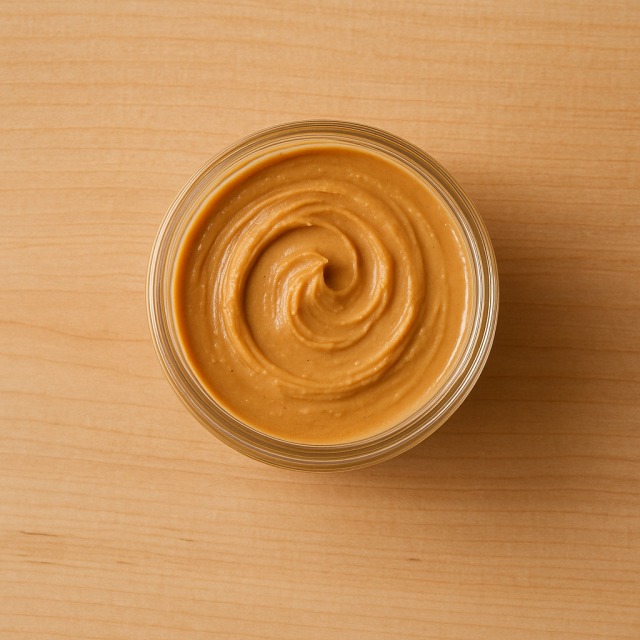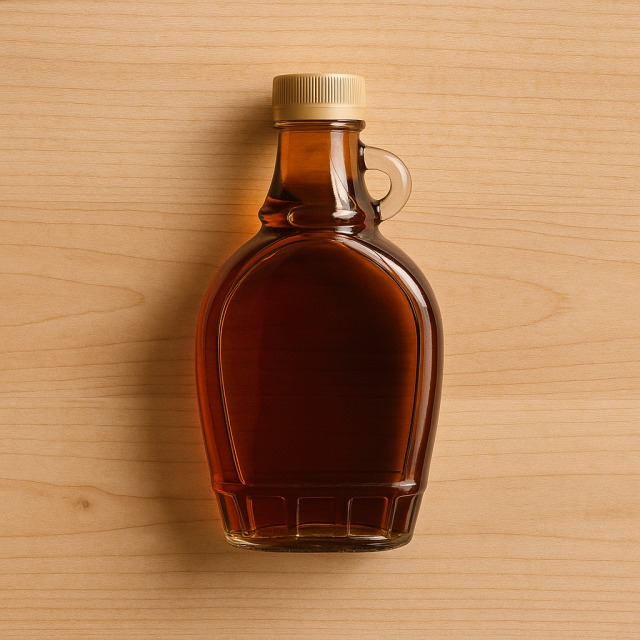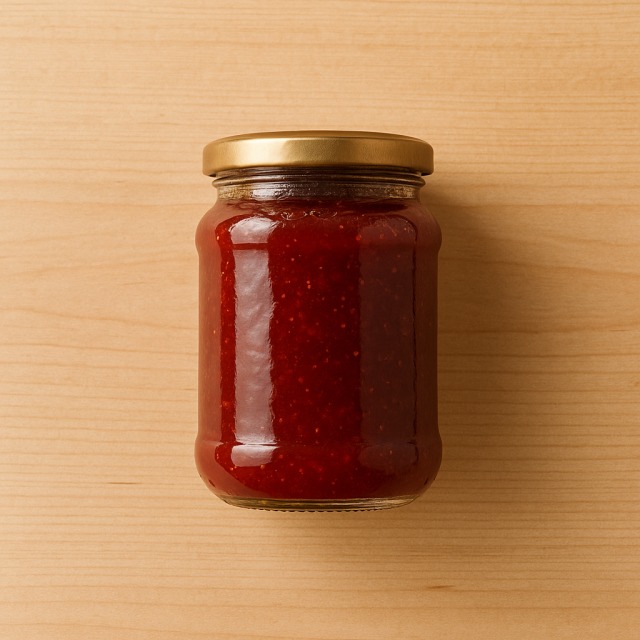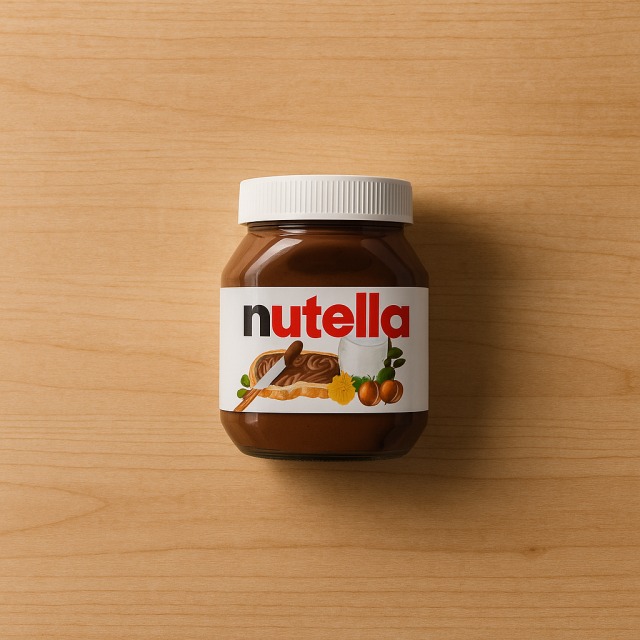Calorie Chart / Breakfast, Snacks / Jam Jelly
How Many Calories Are in Jam and jelly?
Calculation of the nutritional value & Recommended Dietary Intake of jam and jelly
For g and a calorie requirement of kcal
| Calories 42 kcal | Proteins 0.1 g | Lipids 0 g | Carbohydrates 10 g |
| 2% | 0% | 0% | 4% |
Health benefits of jam and jelly
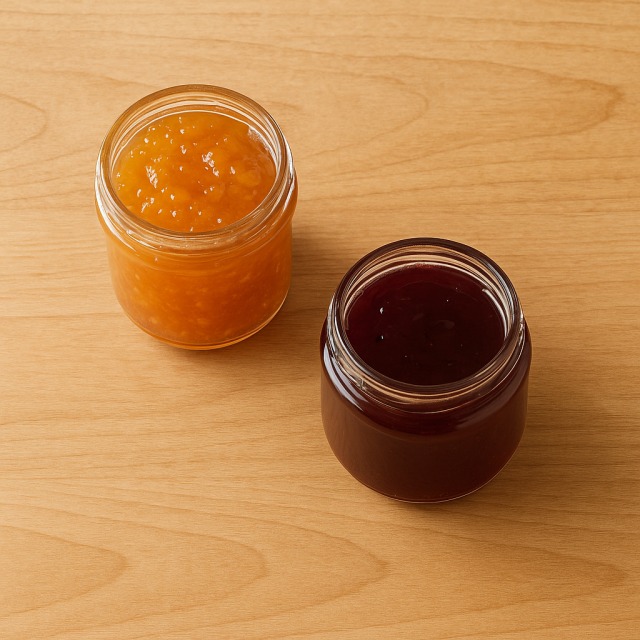
Jam and jelly - 100g
Calories 278 kcal
Proteins 0.5 g
Lipids 0 g
Carbohydrates 69 g
With around 278 calories per 100 g, jam and jelly are considered high-calorie spreads when compared with fresh fruit. Despite this calorie density, they still deliver some nutritional interest: the fruit base provides small amounts of vitamin C, traces of B-group vitamins, and minerals such as potassium and copper. The soluble pectin found in many jellies can contribute to a feeling of fullness without adding extra calories and may help regulate cholesterol, although this benefit remains supposed and depends on overall diet quality.
Because their calories come almost exclusively from carbohydrates (sucrose and fructose), jam and jelly offer very rapid energy—useful for endurance athletes who need a quick calorie boost before or during long efforts. Historically, preserves were invented as a way to concentrate fruit and calories for the winter months; sailors even took citrus-based marmalades on board to prevent scurvy. Choosing varieties made from antioxidant-rich fruits such as blueberry or blackcurrant can slightly increase polyphenol intake without altering the calories.
In short, jam and jelly bring flavor, texture, and easy-to-use calories to breakfast or snacks, but their high-calorie nature means portion control is key in any balanced menu.
Tips for incorporating jam and jelly into a balanced diet
To enjoy the sweet taste while managing calories, spread one level teaspoon (≈ 15 g) of jam on a slice of wholemeal bread or a homemade plain crêpe. Adding a spoonful of natural yogurt on the side increases protein and moderates the overall calories of the meal. If you love the classic peanut-butter-and-jelly combo, opt for a thin layer of peanut butter and measure the jelly carefully to keep calories in check.
For athletes looking for fast calories just before training, stir one tablespoon of jam into warm oat flakes or dissolve it in a bottle of water with a pinch of salt for a quick homemade isotonic drink. Those watching their calories can replace standard jam with light jam, reducing sugar yet preserving fruit flavor.
In desserts, glaze a fruit tart with a thin coat of warmed apricot jelly: it adds shine and concentrated fruit taste without dramatic extra calories. Jam also pairs well with savory items—try a teaspoon of fig jam beside a slice of dry goat cheese for a sweet-salty contrast while controlling calories through small serving sizes.
Frequently Asked Questions
- How many calories are in jam and jelly?
- Jam and jelly contain 278 kcal per 100 g.
- Is jam and jelly too high in calories for weight loss?
- At 278 calories per 100 g, jam and jelly are energy-dense; using a 10–15 g portion keeps calorie intake moderate while still offering flavor.
- Does light jam really save calories?
- Yes. Switching to light jam can cut calories by up to 40%, depending on the brand, thanks to reduced added sugar.
- Which fruits make the most nutritious jam with the same calories?
- Jams from antioxidant-rich berries like raspberry or blackberry have similar calories but supply more polyphenols.
- Can athletes use jam and jelly for quick calories before exercise?
- Absolutely—its simple sugars provide rapidly available calories; combine a tablespoon with rice cakes or water for fast fuel.
Similar foods
Information provided by Calorie Menu may contain inaccuracies or errors. It cannot, under any circumstances, substitute medical advice or medication.
